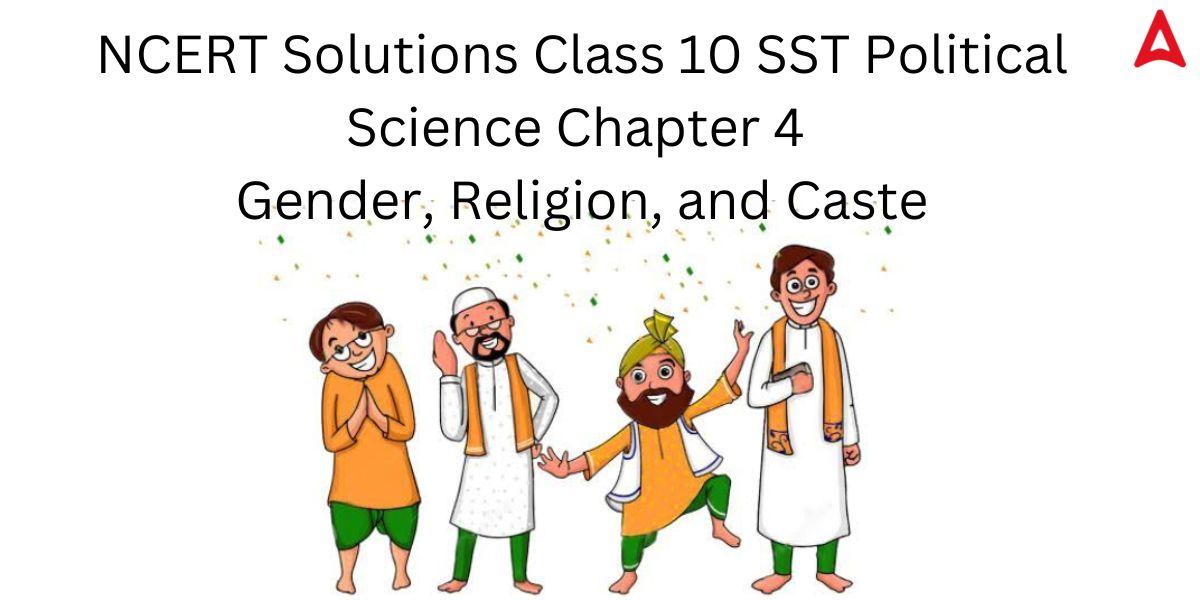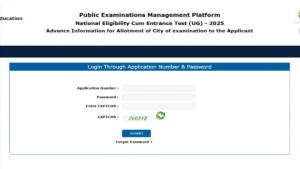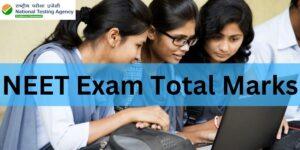Table of Contents
NCERT Solutions Class 10 SST Political Science Chapter 4 Gender, Religion and Caste Notes
NCERT Solutions Class 10 SST Political Science Chapter 4 Gender, Religion and Caste notes are given in this article.NCERT Solutions Class 10 is the best resource for obtaining a good score in the class 10 board Examination. Here are Adda247 Expert faculty team prepared NCERT Solutions Class 10 SST Political Science Chapter 4 Gender, Religion and Casteexercises of that chapter for a better grasp of the topics. These NCERT Solutions answer all questions in an easy and simple manner. These solutions will help you understand the concepts covered in the chapter completely. By writing these answers in the exam students will undoubtedly be able to achieve high scores. Keep learning with Adda247.
Read:NCERT Solutions Political Science Chapter 5 Popular Struggles and Movements
NCERT Solutions Class 10 SST Political Science Chapter 4 Gender, Religion and Caste Pdf
NCERT Solutions Class 10 SST Political Science Chapter 4 Gender, Religion and Caste is given in pdf format so students can easily download it for future use. Click here to download NCERT Solutions Class 10 SST Political Science Chapter 4 Gender, Religion and Caste
NCERT Solutions Class 10 SST Political Science Chapter 4 Gender, Religion and Caste: Video Explanation
NCERT Solutions Class 10 SST Political Science Chapter 4 Gender, Religion and Caste Question and Answers
Exercises Page No. 55
1. Mention different aspects of life in which women are discriminated or disadvantaged in India.
Answer. Women suffer discrimination and disadvantage in India in the following ways:
- They are not given access to a sufficient education. As a result, only 54% of women are literate, which is a significantly low number when compared to men.
- The majority of the work performed by women is unpaid. They are paid less than men. when they are paid for their labour. Even Women still make up a smaller portion of those in high-paying jobs than males do.
- The percentage of males and girls choosing higher education after high school is similar, although it is lower for girls because they frequently leave school early. In many parts of India, female education is prohibited.
- Female foeticide is a practice that is common in many regions of the world due to the preference for the boy offspring.
2. State different forms of communal politics with one example each.
Answer. Different forms of communal politics are
- A majority community strives to control politics in relation to other communities. The minority community may be forced to establish a distinct political entity as a result. For instance, Sri Lanka has practiced majoritarianism, which has led to strife there. Consider the conflict between Muslims and Hindus.
- Religiously motivated political mobilization is another common type of Election season that brings out hate speech, which exposes communalism. creation of political groups with a single-community-focused agenda, such as the Bhim Army and All India Majlis-Ittehad-ul-Muslimeen.
- Another manifestation of political communalism is inter-communal violence. The Kashmiri separatists desire a Muslim-free zone.
3. State how caste inequalities are still continuing in India.
Answer. Caste inequalities persist in India through:
4. State two reasons to say that caste alone cannot determine election results in India
Answer. Caste alone cannot impact electoral results in India for the following two reasons:
- Political parties typically make sure that members from many castes and tribes are included when governments are created. No parliamentary constituency in India has a definite majority of a particular caste. In order to win elections, a candidate or party must gain the support of multiple castes and communities.
- No party gains the support of every voter in a caste or group. When someone refers to a caste as a “vote bank” for one party, it means a sizable number of that caste’s voters support that party.
The situation, however, is different when it comes to local government entities. In both urban and rural local bodies, there are more than 10 lakh elected women legislators. There are more than 10 lakh elected women representatives in local government bodies in both rural and urban areas since one-third of the seats in local government bodies (panchayats and municipalities) are reserved for women.
- The state of India has no recognized religion, unlike Pakistan or Srilanka. No religion is given a special position under our Constitution. The freedom to profess, practice, and spread any religion—or none at all—is guaranteed to all people by the Constitution.
- One of the principles of the constitution’s fundamental right to equality is the prohibition of discrimination based on religion.
- Biological differences between men and women
- Unequal roles assigned by society to men and women
- Unequal child-sex ratio
- Absence of voting rights for women in democracies
Answer. (b) Unequal roles assigned by society to men and women
8. In India, seats are reserved for women in
- Lok Sabha
- State legislative assemblies
- Cabinets
- Panchayati Raj bodies
Answer. (d) Panchayati Raj bodies
9. Consider the following statements on the meaning of communal politics. Communal politics is based on the belief that:
- One religion is superior to that of others.
- People belonging to different religions can live together happily as equal citizens.
- Followers of a particular religion constitute one community.
- State power cannot be used to establish the domination of one religious group over others. Which of the statements is/are correct?
- A, B, C, and D
- A, B, and D
- A and C
- B and D
Answer. (c) A and C
10. Which of the following statements about India’s Constitution is wrong? It
- prohibits discrimination on grounds of religion.
- gives official status to one religion.
- provides to all individuals the freedom to profess any religion.
- ensures equality of citizens within religious communities.
Answer. (b) gives official status to one religion.
11. Social divisions based on _________ are peculiar to India.
Answer. Social divisions based on caste are peculiar to India.
12. Match List-I with List-II and select the correct answer using the codes given below the Lists:
| 1 | 2 | 3 | 4 | |
| (a) | B | C | A | D |
| (b) | B | A | D | C |
| (c) | D | C | A | B |
| (d) | C | A | B | D |
Answer.
| (b) | B | A | D | C |
Read More:
NCERT Solutions Class 10 SST Political Science Chapter 4 Gender, Religion and Caste: FAQs
Q.What is a secular country?
The concept of a secular state is one in which the government is or claims to be publicly agnostic in questions of religion, not endorsing either religion or atheism.
Q.What is gender religion and Caste?
The three foundations on which social divisions and disparities in human civilizations rest are gender, religion, and caste.
Ans. you can download the detailed NCERT Solutions for Class 10 SST Political Science Chapter 4 PDF from the link given in the article.Q.How does use Adda247’s NCERT Solutions for Class 10 SST Political science Chapter 4 benefit you?
Ans. The advantages of using Adda247’s NCERT Solutions for Class 10 SST Political science are as follows:
- A video explanation is provided to students in addition to the NCERT solution.
- Additionally, a PDF is included, which can be downloaded and saved for later use.



 NEET City Intimation Slip 2025 Out at ne...
NEET City Intimation Slip 2025 Out at ne...
 NEET Passing Marks Out of 720, Check NEE...
NEET Passing Marks Out of 720, Check NEE...
 NEET Total Marks- Check NEET Marks Distr...
NEET Total Marks- Check NEET Marks Distr...










